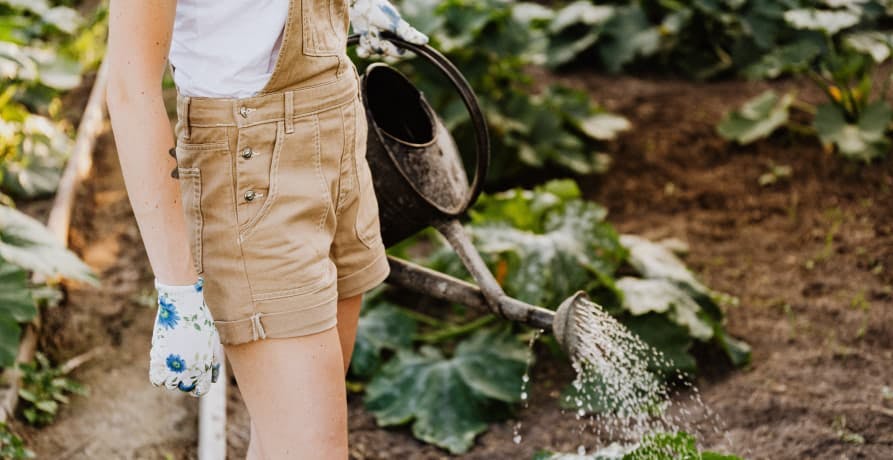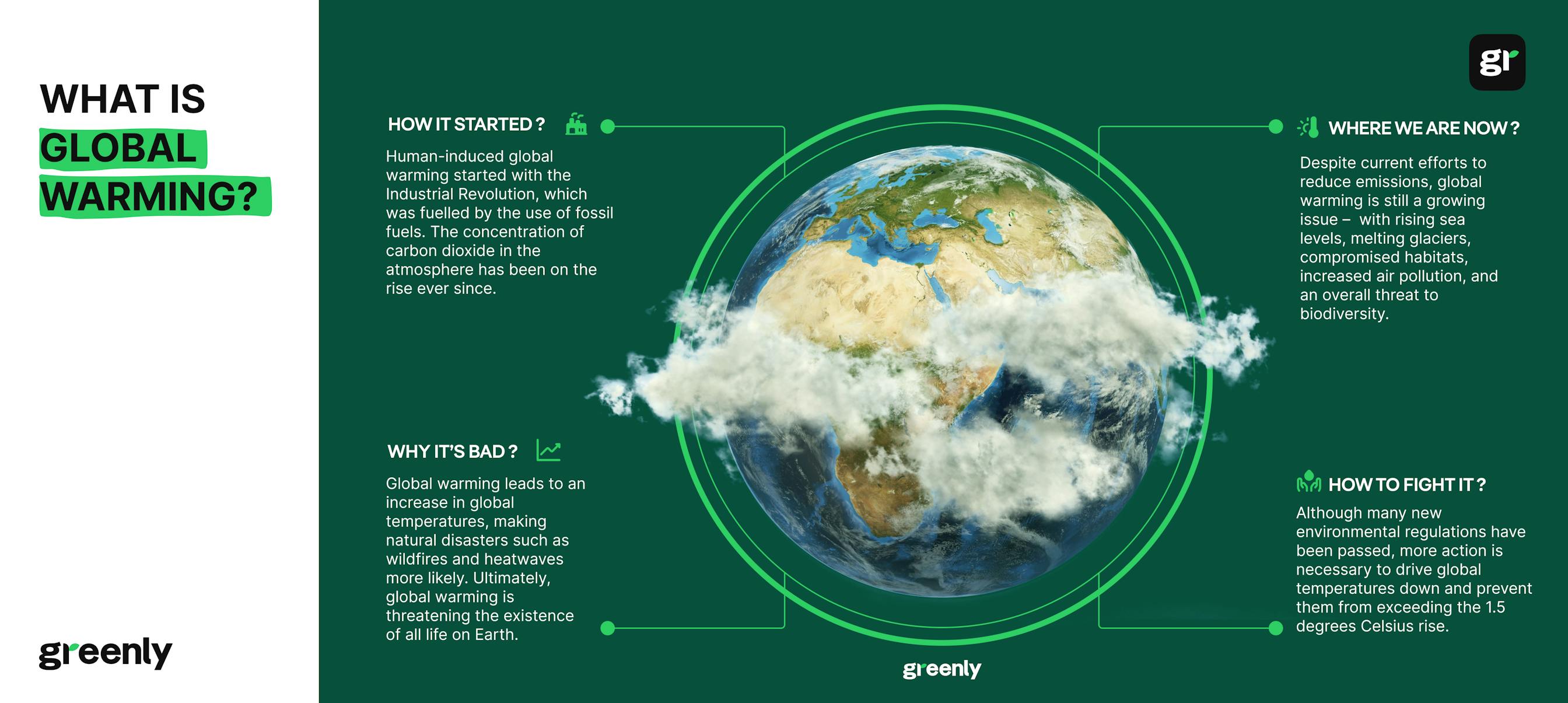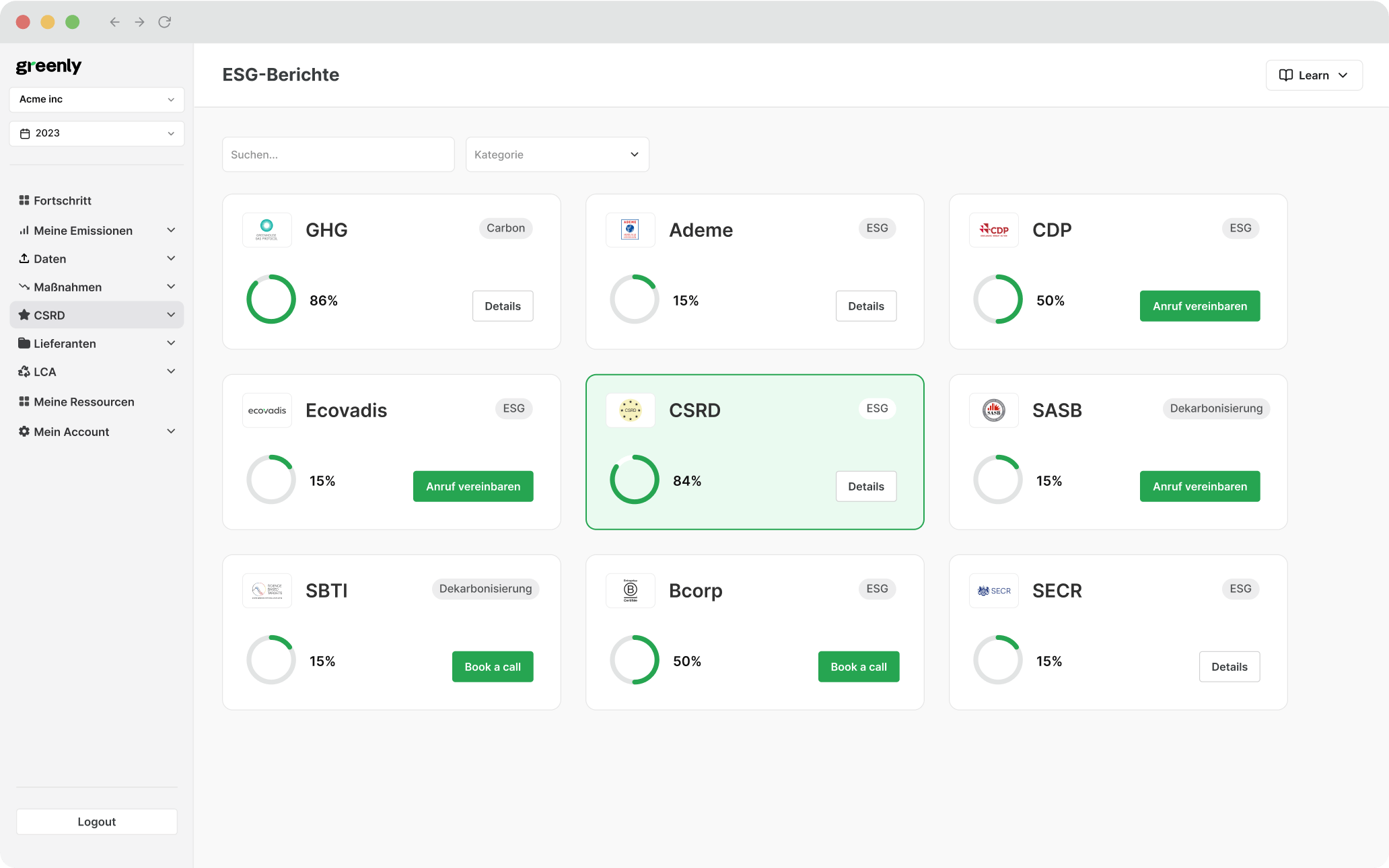ESG / CSR
Industries
Water use restriction: How climate change is making it the new normal



Every summer, the headlines start to roll in: reservoirs are running low, hosepipe bans are back, and residents need to save water where they can. For many of us, this now feels like a seasonal ritual and a clear sign of how climate change is reshaping everyday life.
These restrictions are no longer just short-term emergency measures. They’re becoming more common, arriving earlier in the year, and in some places, persisting well beyond the summer months. So what’s driving the shift? And how are different countries responding?
- What water-use restrictions are and how they work
- Why they’re becoming more frequent – including the climate science behind it
- How effective these restrictions really are
- What households and businesses can do to reduce outdoor water use
What is a water-use restriction?
While they’re often associated with bans on watering gardens or washing cars, the scope of restrictions can vary depending on the severity of the shortage and the region’s policy approach.
Common types of water-use restrictions:
Restrictions are usually phased, starting with public appeals for voluntary conservation and escalating to formal bans and fines. This tiered approach allows governments to respond proportionally to changing supply conditions while also encouraging public cooperation.
Why are water-use restrictions enforced?
Water-use restrictions aren’t only a response to dramatic droughts or headlines about empty reservoirs. They’re often triggered by a combination of seasonal pressures, supply system vulnerabilities, and longer-term environmental shifts. In many cases, restrictions are pre-emptive – designed to preserve supply before conditions become critical.
Below are some of the main reasons water-use restrictions are enforced.
Periods of below-average rainfall, especially when combined with higher-than-average temperatures, reduce the amount of water stored in reservoirs, rivers, and aquifers.
These conditions increase evaporation and can quickly tip an area into water stress, even in places that don’t typically face scarcity. Water companies or authorities may implement outdoor restrictions to prioritise drinking water, hygiene, and critical services.
Even in the absence of drought, water levels can fall below safe thresholds. This can be due to a dry winter season, over-extraction during peak demand periods, or poor recharge of underground aquifers.
Once supply drops below a certain point, restrictions are enforced to slow depletion and avoid longer-term damage to the system.
Ageing infrastructure can pose challenges even when water is technically available. Leaky pipes, outdated distribution systems, or insufficient treatment capacity can all limit how much water reaches homes and businesses, especially during high-demand periods like summer.
In such cases, authorities may introduce restrictions as a stopgap to reduce pressure on the system.
In many regions, water demand increases dramatically in warmer months. People water gardens more often, wash cars, fill paddling pools, and use sprinklers to cool outdoor areas.
In some areas, household demand can double in summer. Restrictions are sometimes used to curb this peak demand, particularly when it risks outpacing supply or straining infrastructure.
Water-use restrictions may also be enforced to protect ecosystems during sensitive periods. Rivers and wetlands can become severely degraded when water is diverted for human use during dry spells.
Limiting extraction helps maintain habitat health and biodiversity – especially for chalk streams in southern England or snowmelt-fed rivers in the western US, which are ecologically fragile and already under pressure.
Restrictions can also be temporary responses to contamination incidents, such as a chemical spill or agricultural runoff, that limit the availability of clean water.
In these cases, authorities may restrict non-essential use while clean-up or treatment processes are underway.

How climate change is making water-use restrictions more common
Water-use restrictions aren’t just popping up because we’re having the occasional hot summer. They’re becoming a regular feature of life, and climate change is a big reason why.
Across the UK, Europe, and large parts of the US, we’re seeing a clear shift in how and when water is available. And for water suppliers, that means rethinking how to manage demand, often by acting earlier and more frequently.
What we’re already seeing
In 2022, hosepipe bans were introduced across much of southern England after one of the driest summers in recent memory. This summer, restrictions are back again - in some places even earlier than before!
And the UK isn’t alone. As of July 2025, over a quarter of the continental US is experiencing moderate to exceptional drought, with outdoor water-use restrictions already in place across parts of California, Arizona, and Nevada.


Outdoor water-use restrictions in the UK
In the UK, outdoor water-use restrictions are most commonly enforced through hosepipe bans, formally known as Temporary Use Bans (TUBs). These are introduced by water companies when supply levels drop below critical thresholds, often after prolonged dry spells or during periods of high demand.
A familiar response to recurring pressures
Over the past decade, water companies across England and Wales have issued bans in multiple summers. The triggers are often the same: low rainfall over winter, below-average reservoir levels in spring, and sudden spikes in summer demand.
- In 2022, following the driest July in England since 1935, Thames Water, South East Water, and others imposed hosepipe bans affecting millions of customers.
- By mid-July 2025, new bans had already been confirmed across parts of Yorkshire, Kent, Sussex, Hampshire, and the Thames Valley, after reservoirs fell to 65–70% capacity, well below the seasonal average.
Who decides when a ban is needed?
Hosepipe bans are issued by water companies, which operate as privately owned regional monopolies. While they make the final call, their decisions are shaped by drought plans and subject to regulation.
Together, this framework allows suppliers to act quickly when shortages emerge, while maintaining environmental oversight and legal compliance.
What’s restricted during a hosepipe ban?
The specific rules may vary slightly between regions, but most bans prohibit the following:
- Watering gardens or plants with a hosepipe or sprinkler
- Filling or topping up paddling pools, swimming pools, or hot tubs
- Cleaning cars, boats, patios, or windows with a hose
- Filling decorative ponds and fountains
Exemptions typically apply to:
- Households on the Priority Services Register (e.g. due to disability or medical needs)
- Commercial plant growers and nurseries
- Uses involving health and safety (e.g. food businesses)
How are bans enforced?
Water companies are responsible for both issuing and enforcing hosepipe bans. Enforcement is often light-touch:
- First-time breaches are usually met with warnings
- Repeat offenders may face fines of up to £1,000
- Some companies offer online forms for reporting misuse, but formal prosecutions are rare
The emphasis is generally on awareness and voluntary compliance rather than punitive action.
Are they effective?
Yes, especially in the short term. During the 2022 drought, Thames Water reported a 10% drop in daily household water use after restrictions were introduced.
While bans won’t solve underlying supply issues, they help reduce peak demand, protect reservoir levels, and delay more extreme rationing measures.
A changing climate, a shifting baseline
The UK’s climate is changing. Summers are getting hotter, and rainfall is becoming more erratic, often arriving in intense bursts that don’t effectively replenish groundwater or reservoirs. As a result, hosepipe bans are no longer an exception; they’re part of a wider shift in how we manage water during peak stress.
Are water-use restrictions effective?
Water-use restrictions are often introduced at short notice, during times of pressure, which leads many to wonder: do they actually work?
The short answer is yes, especially when they’re introduced early, supported by public engagement, and reinforced with infrastructure or incentives. But they’re not a silver bullet.
What restrictions can achieve
At their most basic level, water-use restrictions are about reducing peak demand - the intense pressure that builds on supply systems during heatwaves or dry spells. Cutting back on outdoor use, which can account for as much as 60% of a household's water use in dry climates, is one of the fastest ways to ease that pressure.
The benefits are:
Limitations and challenges
That said, restrictions have their limits. They’re reactive by nature, usually triggered after a problem has emerged, and they depend heavily on public cooperation.
Challenges include:
Enforcement
Spotting and fining every breach is often impractical
Equity concerns
Restrictions can affect households differently depending on property type and access to outdoor space
Short-term thinking
Without follow-up policies, water use can rebound once the ban is lifted
Part of a wider strategy
Where restrictions work best, they’re part of a broader water resilience strategy, alongside smart metering, leakage reduction, investment in alternative sources, and permanent incentives to reduce waste.
What they do provide is breathing room: a way to act quickly, engage the public, and prevent the situation from escalating. And when well-designed, they can be a stepping stone toward longer-term water efficiency and behavioural change.
What households and businesses can do
Water-use restrictions are most effective when they’re backed up by long-term habits and design choices that make water-saving the default, not just a temporary fix. While policy can set the boundaries, real change happens in day-to-day decisions about how we manage water at home, at work, and in the places in between.
For households
You don’t need to wait for a hosepipe ban to cut back on outdoor water use. These simple changes can make a real difference:
For businesses
Outdoor water-saving can be just as important for commercial buildings, offices, and public spaces, particularly those with large landscaped areas.
These small shifts can add up to significant reductions, and when they become part of a routine, they make future restrictions less disruptive. Whether or not there’s a ban in place, using water more efficiently outdoors is one of the most impactful steps most households and businesses can take.
How can Greenly help?
At Greenly, we help companies turn sustainability into action. Whether you're just starting to measure your emissions or looking to build a net-zero strategy, our tools and expertise make it easier to manage your climate impact and reduce it over time.
Here’s what we offer:
| Our services | What it covers |
|---|---|
|
Carbon accounting
|
Track your Scope 1, 2, and 3 emissions using real business data, with clear, audit-ready reports and a platform that updates automatically. |
|
Life Cycle Assessment (LCA)
|
Analyse the full environmental footprint of your products and services, from raw materials to end-of-life. |
|
Supplier engagement
|
Map emissions across your supply chain, collect real data from suppliers, and identify hotspots for improvement. |
|
Emissions reduction strategy
|
Set science-based targets, model future scenarios, and build a realistic roadmap to reduce emissions across your operations. |
|
Climate reporting support
|
Get help complying with CSRD, SECR, and other mandatory reporting frameworks, with expert guidance at every step. |
Contact Greenly today to start leading the way in sustainability and build a greener future for your company.





